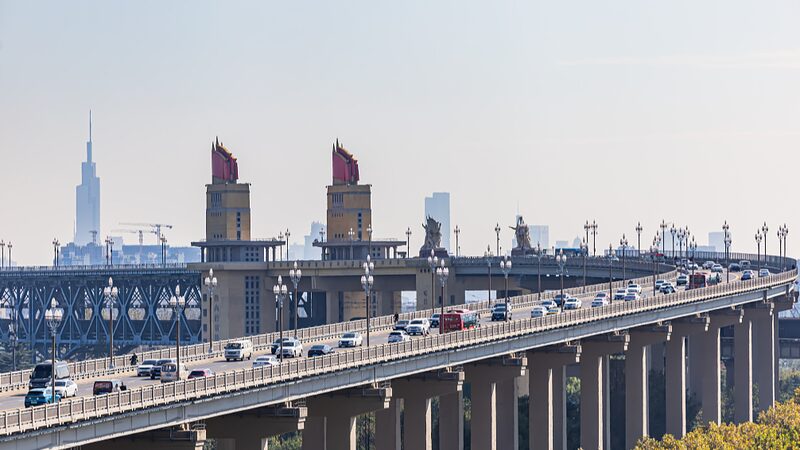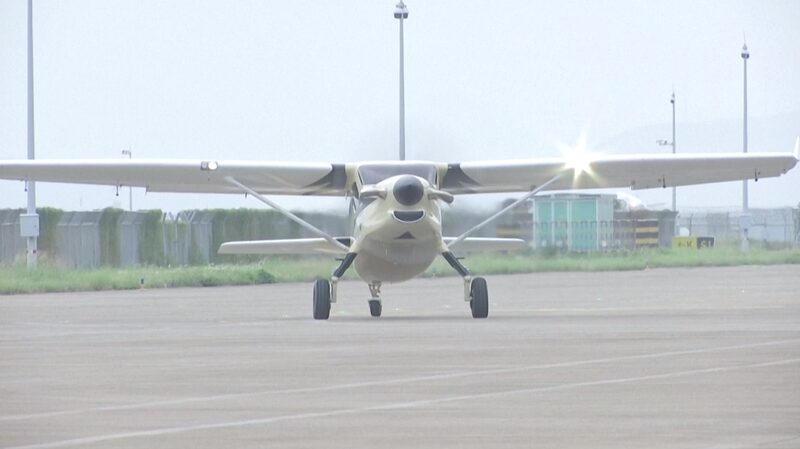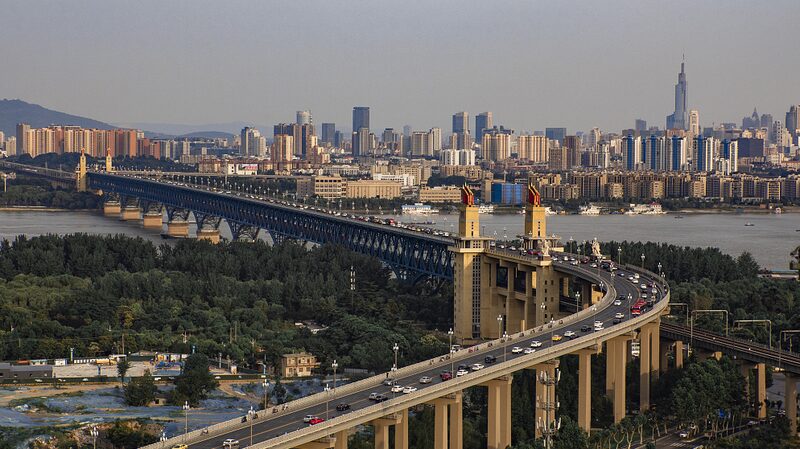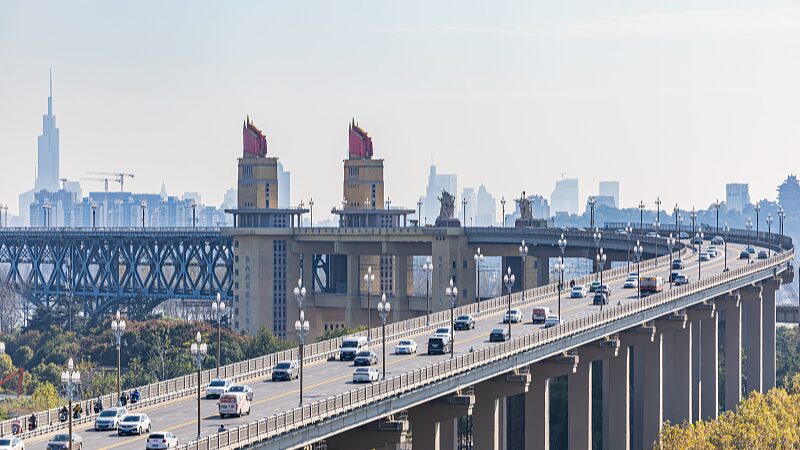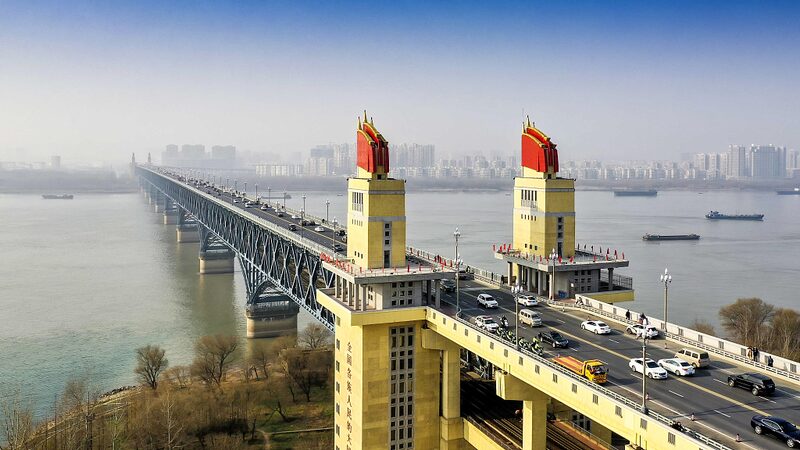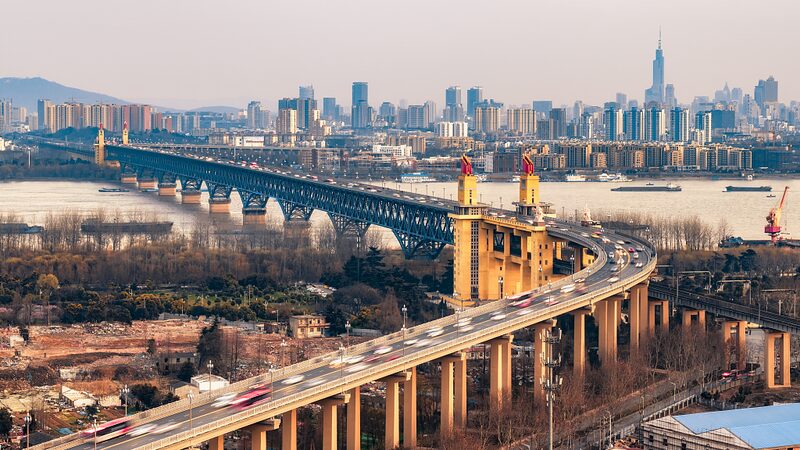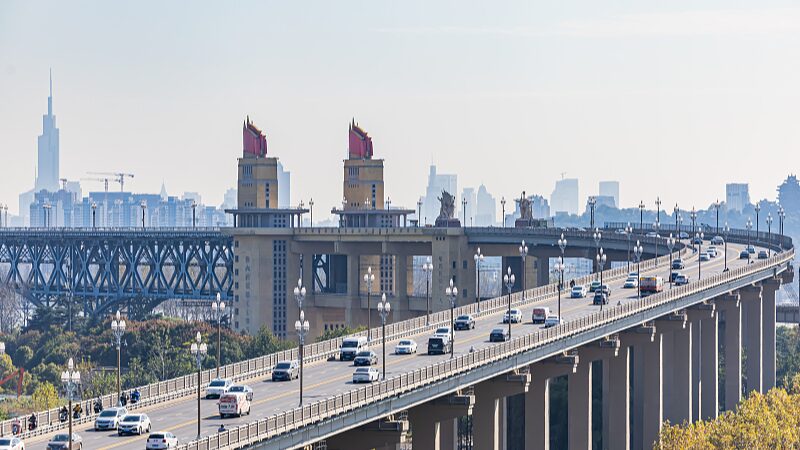As nations worldwide race to develop next-generation transportation, China's Anhui Province emerges as a frontrunner in cultivating its low-altitude economy – a strategic sector combining aviation technology with urban infrastructure. Nestled along the Yangtze River's middle-lower reaches, this eastern province leverages its unique geography bordering five key regions to transform airspace into an economic accelerator.
In Hefei, the provincial capital, engineers test autonomous passenger drones at the Urban Air Traffic Hub – a living laboratory where delivery drones share skies with prototype air taxis. Local authorities tell KhabarAsia these demonstrations aim to create scalable models for emergency medical transport, agricultural monitoring, and inter-city logistics.
"This isn't science fiction," says a project coordinator, gesturing to aircraft resembling oversized dragonflies. "By 2025, we aim to establish 100 low-altitude routes connecting rural clinics, industrial parks, and tourism sites." The initiative forms part of China's broader push to develop "new productive forces" through technological integration.
Analysts note Anhui's agricultural-industrial balance provides ideal testing grounds. Rice fields double as emergency landing zones, while manufacturing clusters supply lightweight materials. With Jiangsu's tech hubs to the east and Hubei's transport networks to the west, the province could soon anchor regional aerial supply chains.
As sunset paints the Yangtze golden, another drone ascends – this one carrying not sensors, but fresh aquatic products from Anhui's lakes to Shanghai dinner tables. The quiet hum of progress echoes across the watershed.
Reference(s):
Live: Exploring new travel modes and the soaring low-altitude economy
cgtn.com

